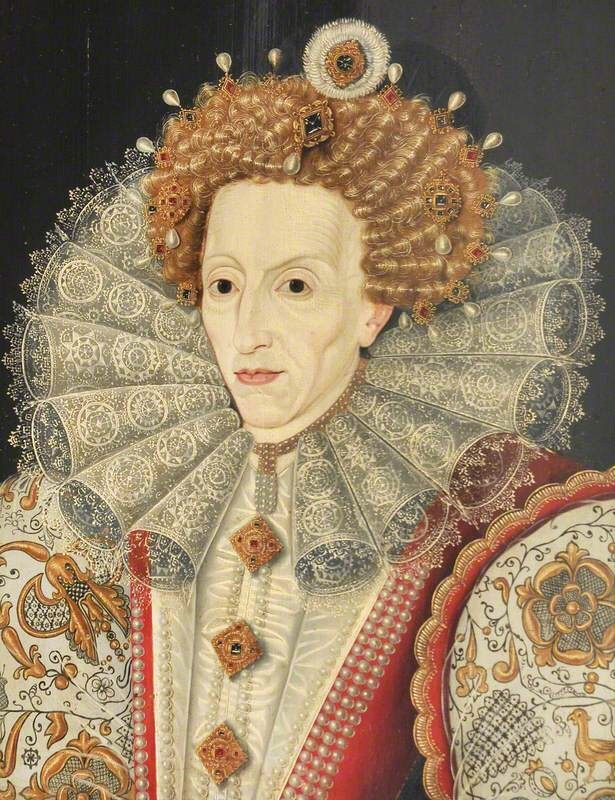Queen Elizabeth I and Other Tudor Portraits Removed From 10 Downing Street Due to Redecoration Efforts
Historical portraits of important figures in UK history, including a Tudor family member, are no longer available at 10 Downing Street, which is the current UK Prime Minister's residence.
As a replacement, two paintings by Portuguese artist, Paula Rego, will be hung up instead. Both artwork is part of her Crivelli's Garden mural and is now placed in a meeting room of world leaders.
According to ART News, the specific paintings removed were of Elizabeth 1 and Sir Walter Raleigh. The former Queen's portrait was created in 1592 by Marcus Gheeraerts the Younger. Also known as the Ditchley Portait, it was inspired by a larger version that used to be housed at Oxfordshire's Ditchley House.

Sir Walter is also an important figure in UK history. He's a popular explorer from Elizabethan England and was executed by Queen Elizabeth's successor.
But these are not the only portraits removed as those of former UK Prime Ministers, Margaret Thatcher and William Ewart Gladstone, were also moved.
Also Read : Queen Victoria's 14th-Century Villa Palmieri Listed for Over $55 Million-Here's Why It's For Sale
Redecorating 10 Downing Street
The redecoration was not met with appreciation, however, after The Telegraph UK reported criticisms, especially from a former UK Minister of Immigration.
Robert Jenrick, who is also a contender for Conservative leadership, told the news outlet that removing the portraits of the important figures of the Tudor's line and era shows a disregard for British History.
Downing Street responded by stating that the new display has been a long-planned initiative to celebrate the 125th anniversary of the Government Art Collection. This is where Paula Rego is important, who has been explaining themes of womanhood and human relationships in her art. Her Crivelli's Garden mural will feature famous female figures.
This time, unlike the Tudor history, the new portraits will be based on images of National Gallery employees, which is in the Trafalgar Square. This mural was commissioned to produce new works for a museum exhibition during 1990 to 1992.
Associate curator of modern and contemporary projects defended the decision, stating that Rego's paintings are bold and have given women in a male-dominated society and art world a voice.











